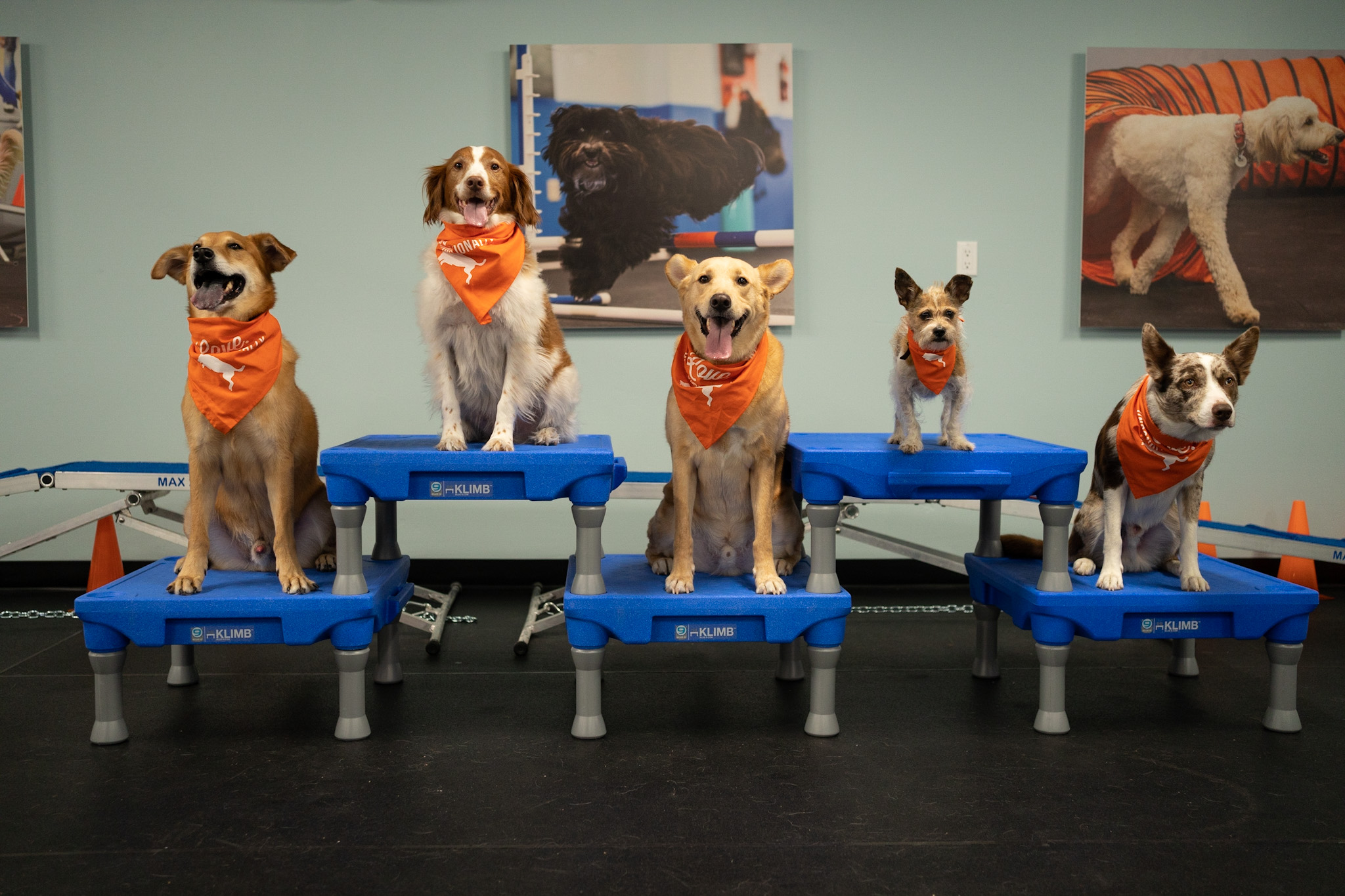Transform Your Dog's Behavior with These Proven Dog Training Methods
Transform Your Dog's Behavior with These Proven Dog Training Methods
Blog Article
Leading Dog Educating Methods Every Owner Should Know

Positive Reinforcement Techniques
Utilizing positive support strategies is crucial for reliable canine training, as it fosters a trusting bond in between the instructor and the pet. This method concentrates on rewarding preferable actions as opposed to punishing unwanted ones, producing an atmosphere for finding out. Benefits can consist of treats, praise, or play, which motivate pets to repeat the behaviors that gain them these benefits.

Additionally, this method enhances the pet dog's excitement for training sessions. They are a lot more involved and receptive when dogs associate training with positive experiences. Dog training. Beyond instant actions alteration, favorable reinforcement encourages a collective partnership in between the canine and fitness instructor, lowering anxiety and worry
To take full advantage of efficiency, it is crucial to deliver rewards quickly, making sure the canine connects the behavior with the reinforcement. In significance, favorable reinforcement methods not only generate better-trained canines however likewise advertise an unified collaboration between canine and owner.
Remote Control Training Technique
The remote control training technique is an extremely reliable strategy that builds on the concepts of favorable support by including a distinctive audio to mark wanted actions. This approach makes use of a small portable tool that generates a clicking sound, allowing trainers to interact with their pet dogs in a clear and prompt manner. When a dog carries out an actions that the owner wants to encourage, the clicker is triggered, complied with by an incentive, usually in the type of treats or appreciation.
The secret to successful clicker training exists in uniformity and timing. It is important to click at the exact minute the wanted habits occurs, guaranteeing that the dog links the noise with the action and the succeeding reward. This approach not just enhances interaction however likewise fosters a more powerful bond in between the pet and the proprietor, as it encourages engagement and communication during training sessions.
Remote control training can be used to a variety of actions and commands, from fundamental obedience to more intricate techniques. Its flexibility and efficiency make it a favored method among professional instructors and animal owners alike, leading the way for a responsive and well-trained canine buddy.
Leash Training Fundamentals
Reliable leash training is crucial for guaranteeing a secure and pleasurable strolling experience for both pets and their owners. Dog training. Chain training should begin early and be approached with patience and uniformity. Beginning by choosing an ideal chain and collar or harness. A flat collar may benefit some pet dogs, while others may profit from a harness that decreases drawing.
Present your pet dog to the chain slowly, allowing them to discover it in a comfy setting. This involves rewarding your dog for strolling close to you instead than pulling ahead.
If your dog starts to draw, quit walking instantly. In addition, method different strolling settings to assist your dog adjust to diversions.
Routine practice will certainly solidify your dog's understanding of chain rules. Keep in mind that leash training is an ongoing procedure; persistence and uniformity will yield the ideal results, fostering a favorable experience for both you and your canine buddy.
Socialization Approaches
Socializing is an important facet of pet dog training that should preferably begin throughout puppyhood but can be valuable at any type of age. Effective socializing helps pets establish confidence and lowers the chance you can try these out of behavior issues. To apply successful socialization approaches, subject your pet to a range of settings, people, and other pets.
Start with regulated setups, such as reference young puppy courses or organized playgroups, where young pet dogs can connect safely. Slowly present your dog to new experiences, including various noises, surfaces, and tasks. Ensure these encounters are positive and gratifying to develop a complacency.
For adult dogs or those doing not have direct exposure, start with low-stress scenarios. Short, favorable interactions with friendly humans and tranquil canines can develop positive organizations. Make use of treats and appreciation to enhance desirable habits during these experiences.

Uniformity and Perseverance
Acknowledging the relevance of consistency and persistence in pet training is important for achieving long-term outcomes. Training a pet is a gradual procedure that needs a structured strategy and unwavering commitment from the proprietor. Each command or behavior must be enhanced constantly to help the pet comprehend what is anticipated of them. Inconsistent training can result in complication, making it tough for the dog to realize commands or habits, inevitably impeding progression.
Pets, like human more beings, learn at their own pace. This fosters a trusting relationship between the dog and owner, encouraging a more passionate and eager student.
To grow uniformity and patience, establish a regular training regular, make use of the very same commands, and ensure that all member of the family use the very same training concepts - Dog training. By doing so, you produce a stable environment for finding out, enabling your canine to create and flourish right into a mannerly companion
Conclusion
To conclude, efficient canine training techniques, such as favorable reinforcement, clicker training, and proper leash training, are essential for fostering a healthy owner-dog partnership. Furthermore, carrying out socialization strategies and keeping consistency and patience throughout the training procedure contributes significantly to a pet dog's general health. By incorporating these techniques, dog proprietors can help with the growth of well-adjusted, loyal family pets, ultimately boosting the high quality of life for both the canine and the owner.
Among the most popular approaches are favorable reinforcement, remote control training, and chain training, each offering unique advantages that contribute to a mannerly canine. As we explore these essential approaches, it becomes apparent that mastering their nuances can considerably impact the training experience and the pet's general habits.Utilizing favorable reinforcement techniques is vital for effective pet dog training, as it fosters a relying on bond in between the instructor and the canine.In conclusion, efficient dog training strategies, such as positive reinforcement, clicker training, and correct leash training, are essential for promoting a healthy and balanced owner-dog partnership. By incorporating these approaches, pet proprietors can help with the advancement of well-adjusted, obedient animals, ultimately boosting the high quality of life for both the canine and the proprietor.
Report this page